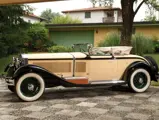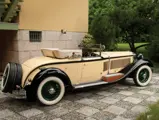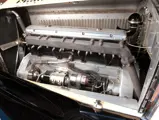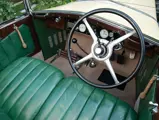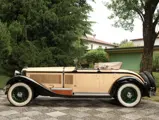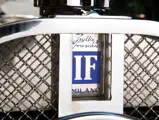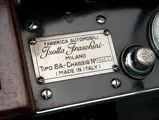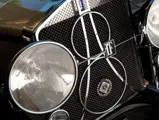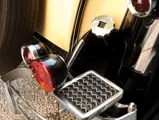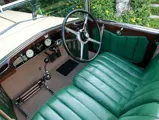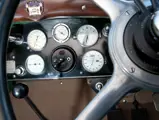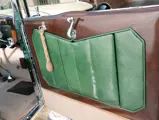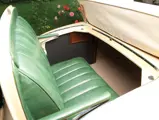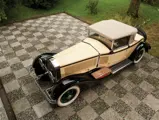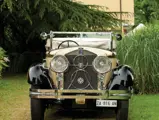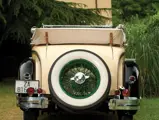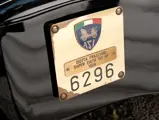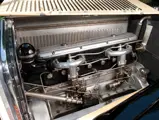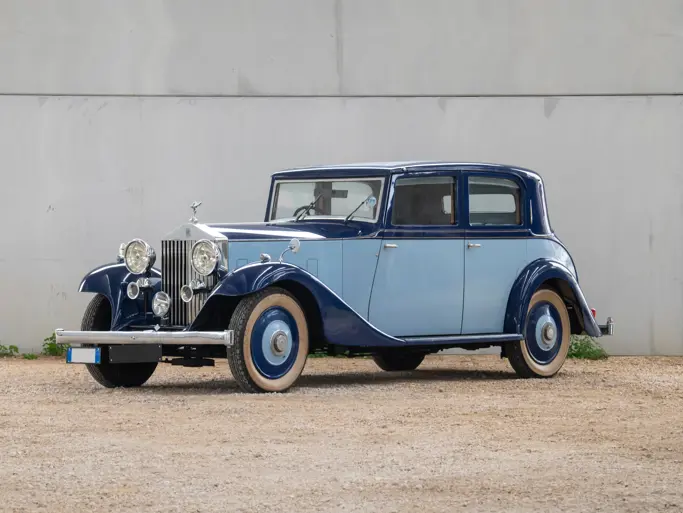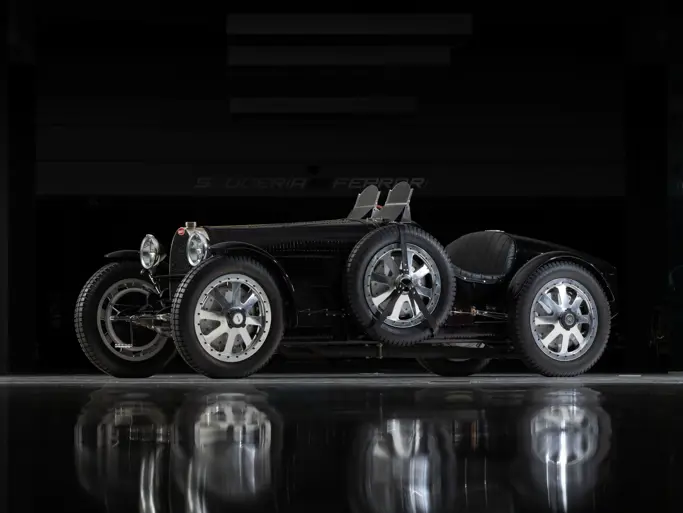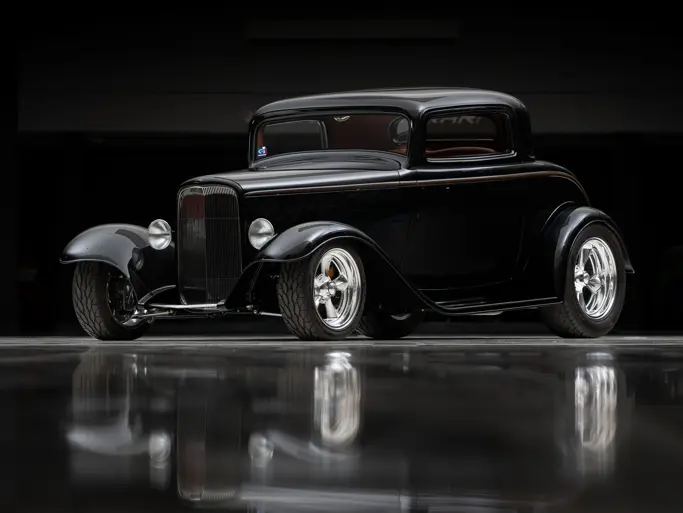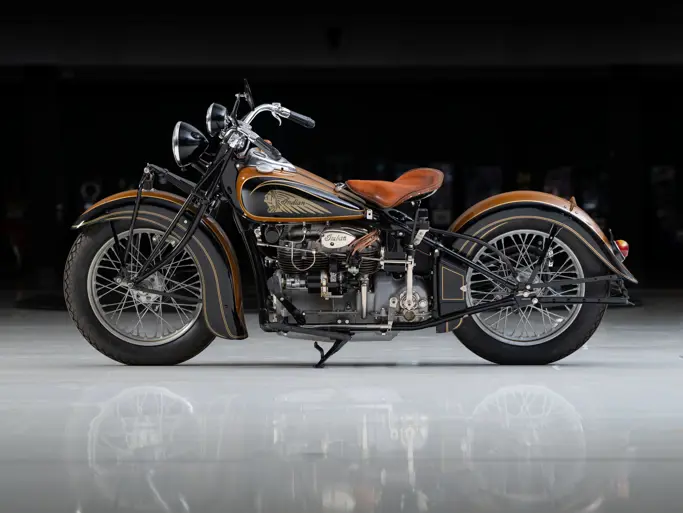London 2013
1928 Isotta Fraschini Tipo 8AS 'Commodore' Roadster Cabriolet by Castagna
{{lr.item.text}}
£425,600 GBP | Sold
 | London, United Kingdom
| London, United Kingdom
{{internetCurrentBid}}
{{internetTimeLeft}}

- One of six known; believed to have been the 1928 New York Salon car
- Original engine, chassis, and body
- Formerly of Vernon Jarvis’s Early American Museum
- Single ownership for the last two decades
120 bhp, 7,370 cc L-head eight, three-speed manual transmission, solid front axle with semi-elliptic leaf springs, semi-floating rear axle with semi-elliptic leaf springs, and four-wheel Dewandre, vacuum, servo-assisted mechanical drum brakes. Wheelbase: 3,708 mm
Founded in 1900, the early production Società Milanese Automobili Isotta, Fraschini & C. focused on high horsepower cars; these were veritable fire-breathers that achieved celebrity in the crucible of racing, with an early highlight being Isotta’s victory in the 1908 Targa Florio. In 1919, the firm established itself as a luxury manufacturer with the introduction of the Tipo 8, which gained notoriety as the first production car to feature a straight-eight engine. The successor to the 5.9-litre Tipo 8 was the 8A, which had a 7.3-litre engine that could produce a respectful 110 horsepower.
The next step in the development of the larger eight litre was the 120 horsepower Tipo 8AS, with the “S” denoting a tuned engine, but to truly understand the difference between the 8A and 8AS is slightly more involved. This is highlighted by Angelo Tito Anselmi’s ground-breaking reference on the marque: “Until the spring of 1927, the Spinto, or tuned, versions of the 8 and 8A were made sporadically and resulted from a combination, optional to a certain degree, of three ingredients: a short wheelbase chassis, an engine with a high compression ratio, and a somewhat high numerical final-drive ratio. The fourth ingredient was lightweight coachwork, which Isotta Fraschini advised, but which was left to the client’s taste”. Chassis length on the 8AS was also negotiable, with many clients preferring the longer 3,708-millimetre wheelbase, which allowed for better body lines.
Chassis 1467 is a long-wheelbase Tipo 8AS with gorgeous roadster cabriolet coachwork by Castagna. The body style was first exhibited at the 1928 New York Auto Salon at the Hotel Commodore. This style was subsequently known as “the Commodore”, and approximately 10 similar examples were constructed, with all of which varying in finish details. This example is one of the six or seven that are known to survive. With massive yet well-balanced proportions, the word “sporting” is an understatement. Highly appealing are the distinctly European, dual rear-mounted spare tyres, as is the stylish 1920s look of the squared-off windshield pillars and rear of the convertible top. This particular Commodore also has a number of bespoke details, like the gorgeous radiator stone guard, which incorporates a stylised “8” over an “A”, lest the observer should forget the model designation.
The known history of chassis 1467 dates back to the 1950s, when it was owned by Mr and Mrs Robert H. Kimes, of Dayton, Ohio, whose company manufactured industrial cutaways for training purposes. The Kimeses owned the Isotta from the early 1950s through the early 1960s, and it is then known to have passed into the hands of pioneering collector Vernon Jarvis, of Silver Springs, Florida; following his passing, it resided in his Early American Museum, also in Silver Springs. The Isotta then travelled to its native Italy, where it resided with collector Aldo Cesaro, before passing into the current ownership in 1994.
The file on the car is wonderful. It includes a copy of a letter written by Robert Kimes to early and highly regarded collector D. Cameron Peck, which mentions the Isotta. Also included are copies of a postcard made by the Early American Museum, which features the Isotta finished in black livery. The car also comes with certification from Automotoclub Storico Italiano and correspondence from Registro Storico Isotta Fraschini, in which it is asserted that chassis 1467 is actually the car that was displayed at the New York Auto Salon at the Hotel Commodore, where it was reportedly painted two-tone green with green and gold lizard-skin upholstery! Although this cannot be confirmed unequivocally, it is very possible that 1467 was the display car, given that it is, by far, the lowest chassis number of any of the surviving Commodore Roadster Cabriolets, and therefore, it was probably the first produced. The letter from Registro Storico asserts that “it is, therefore, a vehicle of particular importance to the heritage of historic Italian automobiles”.
As presented today, chassis 1467 is absolutely stunning in pale yellow with black wings, black beltline moulding, and yellow pinstriping. The interior and exquisite rumble seat are upholstered in green leather, which is complemented by the green-painted wire wheels. Wonderful detail items include the varnished wood mouldings, braided door pulls, the wooden toolboxes mounted in the wings, and the Castagna coachbuilder badge affixed to the centre of the dash. Following its return to Italy, the car was displayed at the Concorso d’Eleganza Villa d’Este and, in 1998, at the Concours d’Elegance of Tigullio in Rapallo.
Stunning and pure, the Commodore is welcome at events in Europe and North America, and it would be at home on either continent.

